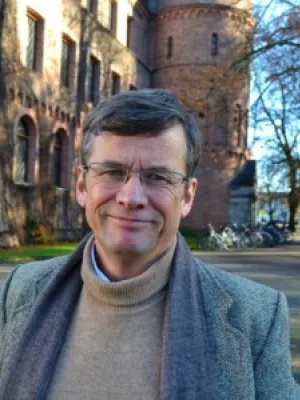
Bengt Olle Bengtsson
Professor emeritus

Asex and Evolution: A Very Large-Scale Overview
Author
Editor
- Isa Schön
- Koen Martens
- Peter van Dijk
Summary, in English
Asexuals come in all sorts. In this personal overview, I identify asexual organisms with eukaryotes that do not regularly go through the meiotic cycle. Such organisms may be asexual in many different ways and of many different reasons. The spread of asexuality is therefore always a unique process, and any notion of a general evolutionary advantage for asexuality is at best misleading. In discussions on the evolution of asexuality, ideas about genetic conflicts are often more helpful than notions about “costs”. Many asexuals are associated with different fitness problems, and most of them are not particularly good at being asexual either. Their absence of long-term evolutionary success follows from their lack of recombination, leading to complex effects involving drift and selection that we are just beginning to understand. The interest in asexual organisms comes not from what they say about sex, but from what they say about living as a eukaryote.
Department/s
- MEMEG
- Evolutionary Genetics
Publishing year
2009
Language
English
Pages
1-19
Publication/Series
Lost Sex
Document type
Book chapter
Publisher
Springer
Topic
- Biological Sciences
Status
Published
Research group
- Evolutionary Genetics
ISBN/ISSN/Other
- ISBN: 978-90-481-2769-6

